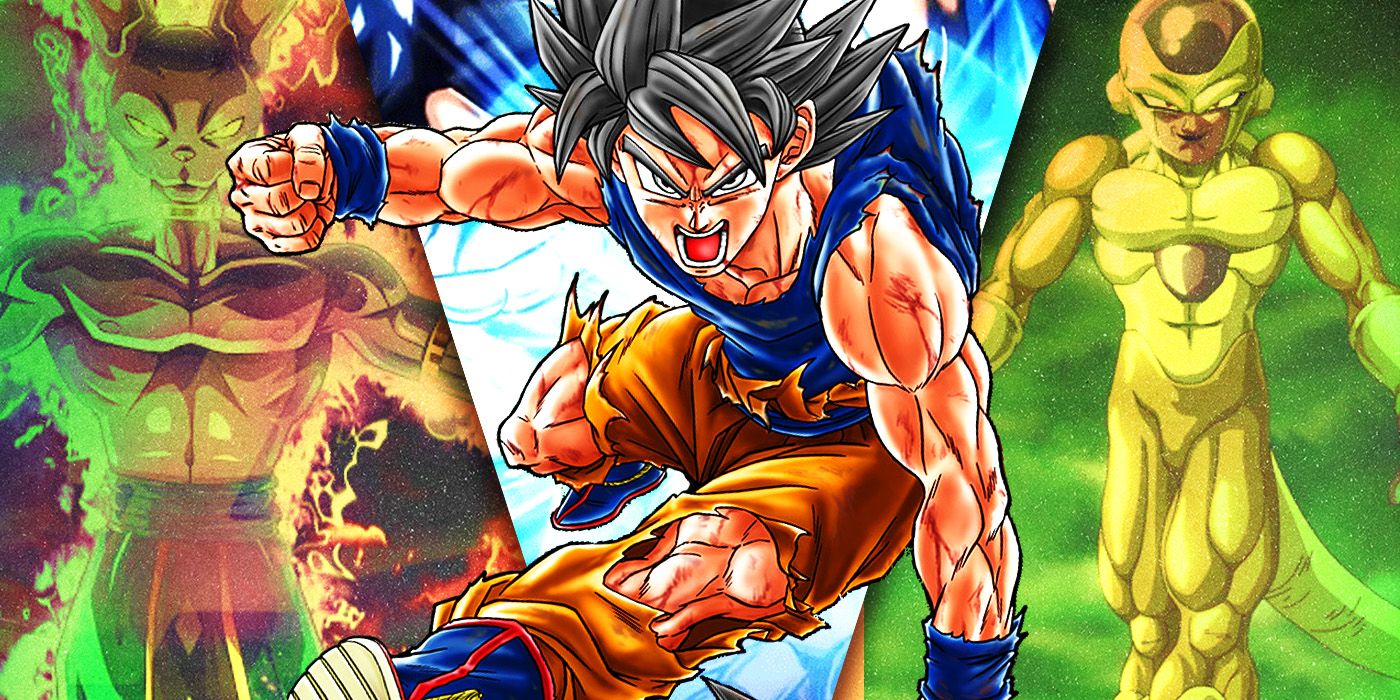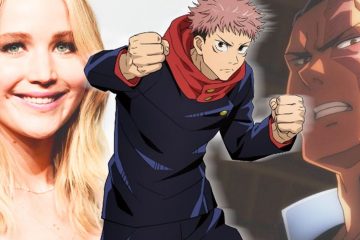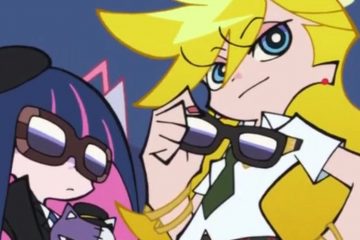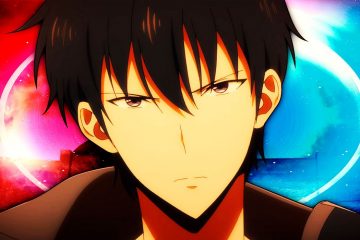The Super Hero Saga has finally wrapped up in Dragon Ball Super’s manga. This felt like a needlessly long arc for many readers. Besides the weeks between chapters, the Super Hero Saga has already been relayed in movie form (which many consider the superior medium). The manga’s retelling of events may have been different, but it felt like a waste of time that might have been better spent telling new story arcs yet to be seen by anyone.However, as eager as fans may be for the next big story arc, the manga adaptation of the Super Hero Saga deserves to be noted for its merits. It did more than tweak the story from the movie. It also expanded on the roles of certain characters and built up the world in ways the film never had time for. Additionally, the art of this arc is some of the best in any mainline Dragon Ball manga; even if it was only imitating the movie, it has pushed the medium forward in ways that can’t be reversed. While reviewing certain events might have been a slog, this manga arc was a valuable and worthwhile adaptation necessary for improving the story in ways that couldn’t have happened if it had been skipped.This push in the manga’s form likely stems from the nature of the story it’s telling. This is an instance where a manga must adapt material from an animated medium rather than the reverse. Since the anime has a broader range of expression in terms of motion and color, the mangaka (Toyotaro) must adapt their style to adhere more to what’s already been presented. Additionally, Super Hero is a movie, so these qualities are enhanced considerably. This story arc was presented as well as the franchise could. The only thing that might have made it better would be if it were animated in 2D instead of 3D. Even then, several aspects of the film, like auras and big energy blasts, would be done in 3D. It was one thing when the manga needed to match the DBS anime’s quality (or, in some places, lack thereof), but matching the movie’s quality would require a more innovative approach. Further, the film’s CG animation adds another layer of complexity to the manga adaption process. With anime, the minimum requirement is to recreate the 2D panels of the manga. However, the mangaka must take these moving 3D models and make them presentable in a still 2D format; Super Heroes’ cel-shaded models remove some of that burden, but it’s still a challenge.
The Super Hero Saga has finally wrapped up in Dragon Ball Super’s manga. This felt like a needlessly long arc for many readers. Besides the weeks between chapters, the Super Hero Saga has already been relayed in movie form (which many consider the superior medium). The manga’s retelling of events may have been different, but it felt like a waste of time that might have been better spent telling new story arcs yet to be seen by anyone.
However, as eager as fans may be for the next big story arc, the manga adaptation of the Super Hero Saga deserves to be noted for its merits. It did more than tweak the story from the movie. It also expanded on the roles of certain characters and built up the world in ways the film never had time for. Additionally, the art of this arc is some of the best in any mainline Dragon Ball manga; even if it was only imitating the movie, it has pushed the medium forward in ways that can’t be reversed. While reviewing certain events might have been a slog, this manga arc was a valuable and worthwhile adaptation necessary for improving the story in ways that couldn’t have happened if it had been skipped.
This push in the manga’s form likely stems from the nature of the story it’s telling. This is an instance where a manga must adapt material from an animated medium rather than the reverse. Since the anime has a broader range of expression in terms of motion and color, the mangaka (Toyotaro) must adapt their style to adhere more to what’s already been presented. Additionally, Super Hero is a movie, so these qualities are enhanced considerably. This story arc was presented as well as the franchise could. The only thing that might have made it better would be if it were animated in 2D instead of 3D. Even then, several aspects of the film, like auras and big energy blasts, would be done in 3D. It was one thing when the manga needed to match the DBS anime’s quality (or, in some places, lack thereof), but matching the movie’s quality would require a more innovative approach. Further, the film’s CG animation adds another layer of complexity to the manga adaption process. With anime, the minimum requirement is to recreate the 2D panels of the manga. However, the mangaka must take these moving 3D models and make them presentable in a still 2D format; Super Heroes’ cel-shaded models remove some of that burden, but it’s still a challenge.
#Adapting #DBSs #Super #Hero #Saga #Manga #Helped #Franchise
Note:- (Not all news on the site expresses the point of view of the site, but we transmit this news automatically and translate it through programmatic technology on the site and not from a human editor. The content is auto-generated from a syndicated feed.))



